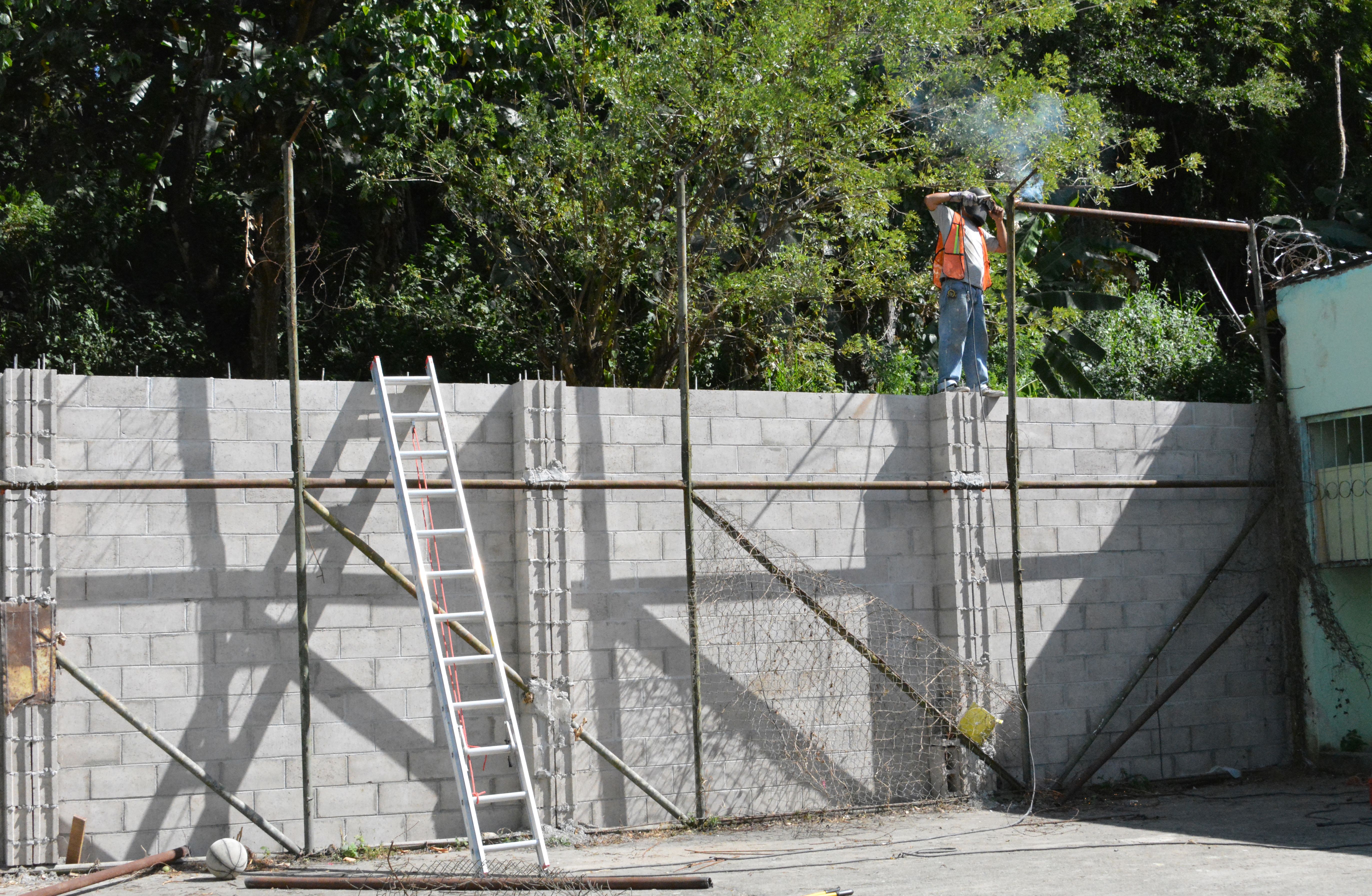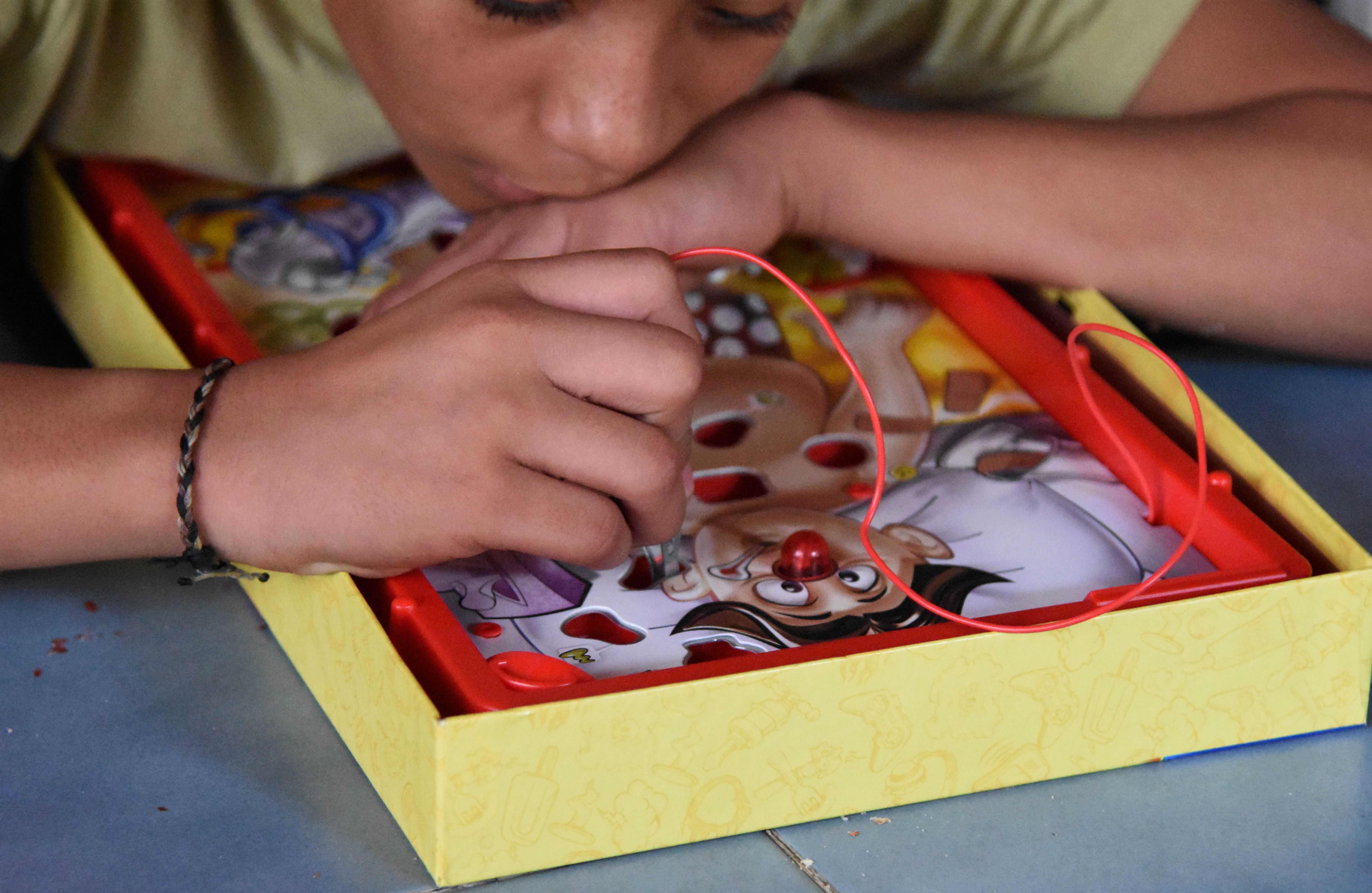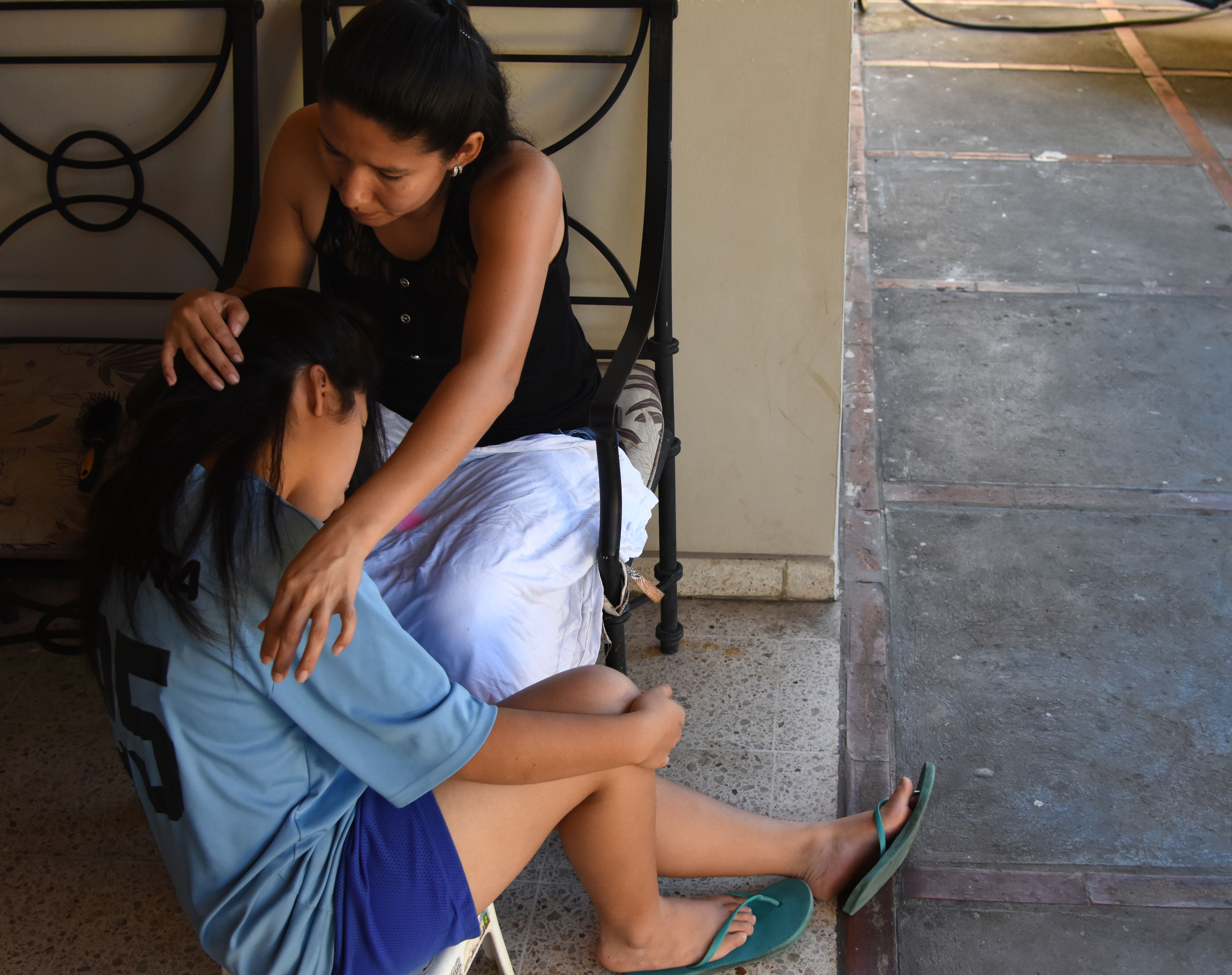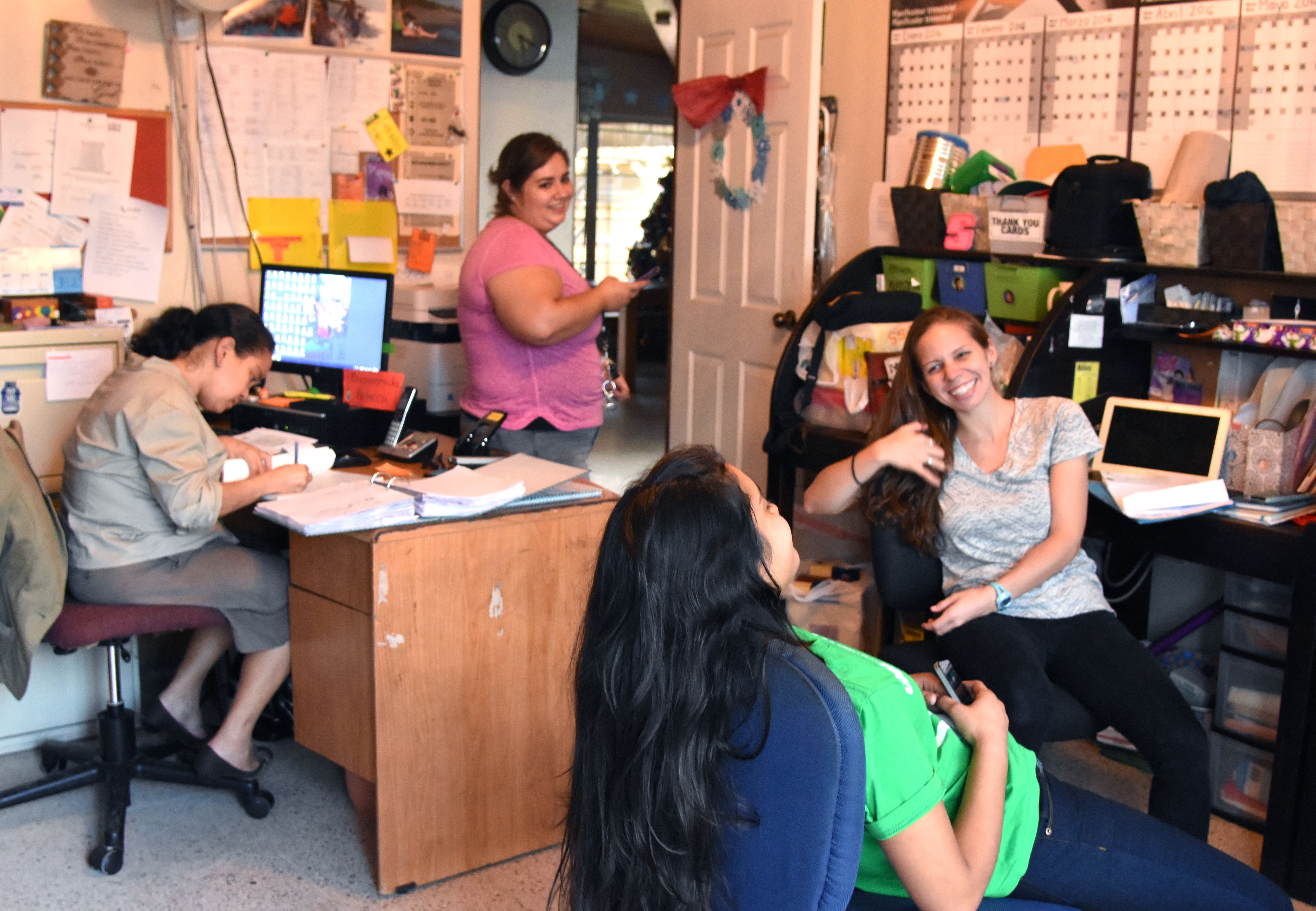On one side of the highway sits a three-story mall, housing the high-end retail stores and chain restaurants found around the world. On the other side of the street a little girl, no more than four years old, barefoot in a dirty yellow dress, wanders from tin shack to tin shack.
Across town 18-year-old Yasmin waits tables at a local restaurant—her dark brown hair tied back in a bun, her black apron stocked with straws. She greets each customer with a smile.
Before police found her on the street three years ago, Yasmin’s life was much like that of the little girl in the yellow dress and so many other street children. That was before Yasim entered one of the dozens of orphanages operated by the government.
These orphanages provide refuge for the endangered children of El Salvador, a nation the size of New Jersey where a third of the six million people are in poverty.
More than two decades after the end of a civil war, this country has the highest murder rate in the world. As of January 2016, the homicide rate was 104 people per 100,000.
For boys 15-19 the risk is even higher with 157 deaths per 100,000. But adolescent girls—with a homicide rate of 26 per 100,000—are at risk as well—not just from homicide but from their vulnerability to sexual crimes and gangs.
Many of the children of El Salvador flee north. Others fall victim to gang activity. Others, like Yasmin, end up in orphanages where they have a chance at education and training.
Yasmin entered a government-operated orphanage when the police found her on the street at age 15.
“My mom was never home or spent a lot of time with me. I never felt important to her. I just wanted her there, to hug me,” she said. “That really affected me because I wanted to be close to my mom, but I started to resent her and it made me feel bad. So I figured if I ran away, it would end my problems.”
Rosa, 14, lives in the same orphanage in El Salvador’s capital city of San Salvador. Prior to coming to the orphanage she was homeless, by choice.
“My life was living in the street, high on drugs, because I was living with my mother and she didn’t want me,” she said. “So for me happiness was living outside with my friends.”
Rosa is one of 73 children currently living in the orphanage. However most of the people who work with children prefer to call the facility a children’s home, rather than an orphanage. The children are not true orphans. Most have families unable to care for them.
“One hundred percent of the kids here, their rights have been violated,” said Ricardo Lazo, director of the home. “They just get stuck in the cycle of violence. They are readmitted by El Salvador’s system of CONNA, child protective services.”
The government-operated children’s home is set up like a tiny village. There is a clinic with two nurses, a large kitchen where the meals—often rice and meats—are prepared. There is a workshop where the children learn employable skills such as sewing, baking, and piñata making.
Two large buildings have separate wings for young boys or girls, and teenage boys and girls. Attached to the girl’s building is another wing for teenage mothers and their young children. In the middle is a basketball court, a playground and picnic tables. But around the perimeter of the property is a 12-foot tall wall.
Many murders in El Salvador are attributed to gang violence, as the truce between the country’s two major gangs, the Mara Salvatrucha (las maras) and the Barrio 18 (el diez y ochos) has crumbled over the last few years.
El Salvador’s gang activity does not stop at the gates of the home. Elizabeth Flores supervises the seven caretakers who attend to the children. She says far too often girls will come to the facility to recruit other girls by making friends with them, and then convincing them to escape.
“Sometimes the girls just want to go back to their family. They don’t want to be here anymore. They want to go see their mothers, and fathers, their aunts and uncles. Other girls, they’ve done some bad things, and they want to go back to doing that,” she said. “When that happens, we get the counselor to talk to them and explain why they don’t want to do that. We try to utilize every method possible to keep the girls from leaving. We want to keep the idea in their minds of them staying here because there is no danger for them here, but out there, there is.”
“In some cases the social risks, especially with girls, in this country there are gangs, the “maras” and the “18s,” they have had a connection with her, and they’re instructing them what to do,” Lazo said. “The girls aren’t criminals, the girls we have here. But there is a risk because they are girls. They’re very innocent and they’re very pretty, the gang members want them.”
Gang violence is not the only type of trauma Salvadorian children endure. According to a 2009 report from UNICEF, 40 million children in Latin America under the age of 15 face abuse and neglect. Domestic abuse among Salvadorians is most often directed at women.
Marina was 15 when she and her twin sister left their father and voluntarily went to a children’s home.
“When I was nine years old my mother abandoned me, so when she decided to leave my father became responsible for us. Dad liked to drink alcohol. My dad caused a lot of problems,” she said. “So me and my sister, I’m a twin, we talked about it, and decided to go to the police to make a case that we were suffering because my father really didn’t take care of us.”
Marina is one of the many children whose home life affected her education. Since 2010, between 30 and 40 percent of the population fall beneath the poverty line, leaving many children to join their families in the work force. In a country where only 3 percent of the public expenditures are put towards education—the U.S. spent 6 percent in 2010—the average Salvadorian child will drop out of school by fifth grade.
“When I got to [the home], I only had a third grade education, and I was 16,” Marina said. “I felt embarrassed, but they helped me. In one year I went up three grade levels, fourth fifth and sixth. This past year, 2015, I went up another three grade levels, seventh eighth ninth.”
Marina attributes her success to the children’s home she lived in and the transition house she moved into after turning 18. Under Salvadorian law, once a child is 18, he or she is a legal adult and can no longer be cared for by a government-operated children’s home. In response, many missionary agencies have facilitated what they call transition homes.
Alexandra is 19, and lived in a children’s home for the majority of her life, first in San Salvador at 11 months old, then in Santa Ana at age 3.
“When my mother was 14 years old, she was a prostitute, and my grandmother got tired of seeing us on the street,” she said. “I have four older brothers, my mother was tired, and my grandmother was tired. So she filed the papers.”
She now lives in a transition house as well.
“For me, it was a great opportunity, they kind of reinvent the kids. They teach us how to live on our own.”
She said she can’t imagine where her life would be had she not been put in a children’s home.
“The truth is, where my mom lives, there are gangs. I would have been lost; I wouldn’t have had a place in the world. I wouldn’t have had principles or values.”
A law passed in 2010, Ley De Protección Integral De La Niñez Y Adolescencia (LEPINA), guarantees that all children are born with unalienable rights, and when those rights are violated, they can go to the local government in order to demand them. Yet society has been slow to catch on and few children take advantage of the law.
Mario Mena lives in Santa Ana, El Salvador, has practiced law in the realm of children’s rights for nearly 20 years, and was helped write the first round of revisions of the LEPINA law.
“The principal benefit of the law is that it demands to have a place in the country. In a country where kids only serve as an ornament for a family photo, it’s a big achievement,” he said. “It’s a matter of visualization, because in human rights we say what you can’t see doesn’t have rights.”
While LEPINA has brought the idea of children’s rights to the political forefront, the issue at hand is a lack of social integration.
“The problem with LEPINA—I utilize this saying, LEPINA is wet gun-powder,” he said. “We can achieve big changes, the country has the capability of doing so, but we don’t know how to use it yet. As a country, we don’t know how to utilize it.”
(The names of the girls interviewed for this story were changed to protect their identity, in accord with El Salvador’s LEPINA law.)
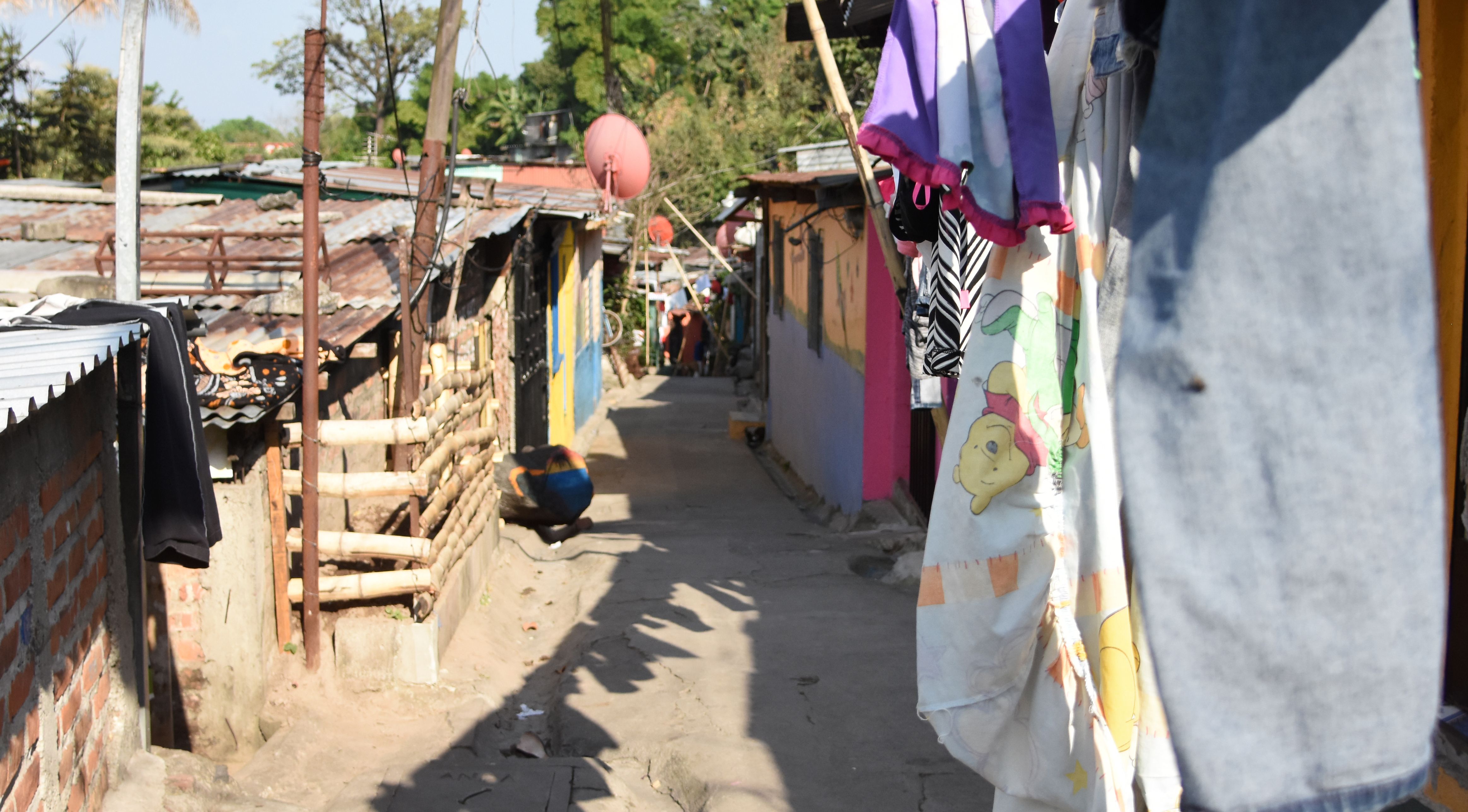



![A group of teenage girls sit in the corner of a basketball court at a government-operated children's home in San Salvador. Ricardo, the director of the home, said girls make up the majority of their population. “In some cases there are social risks, especially with girls. In this country there are gangs—they have had a connection with [the girls] and they’re instructing them what to do," he said. "The girls aren’t criminals, the girls we have here. But there is a risk because they are girls. They’re very innocent and they’re very pretty—the gang members want them." Image by Kayli Plotner. El Salvador, 2016.](https://legacy.pulitzercenter.org/sites/default/files/styles/node_images_768x510/public/03-11-16/cipi.jpg?itok=kEG40upi)
